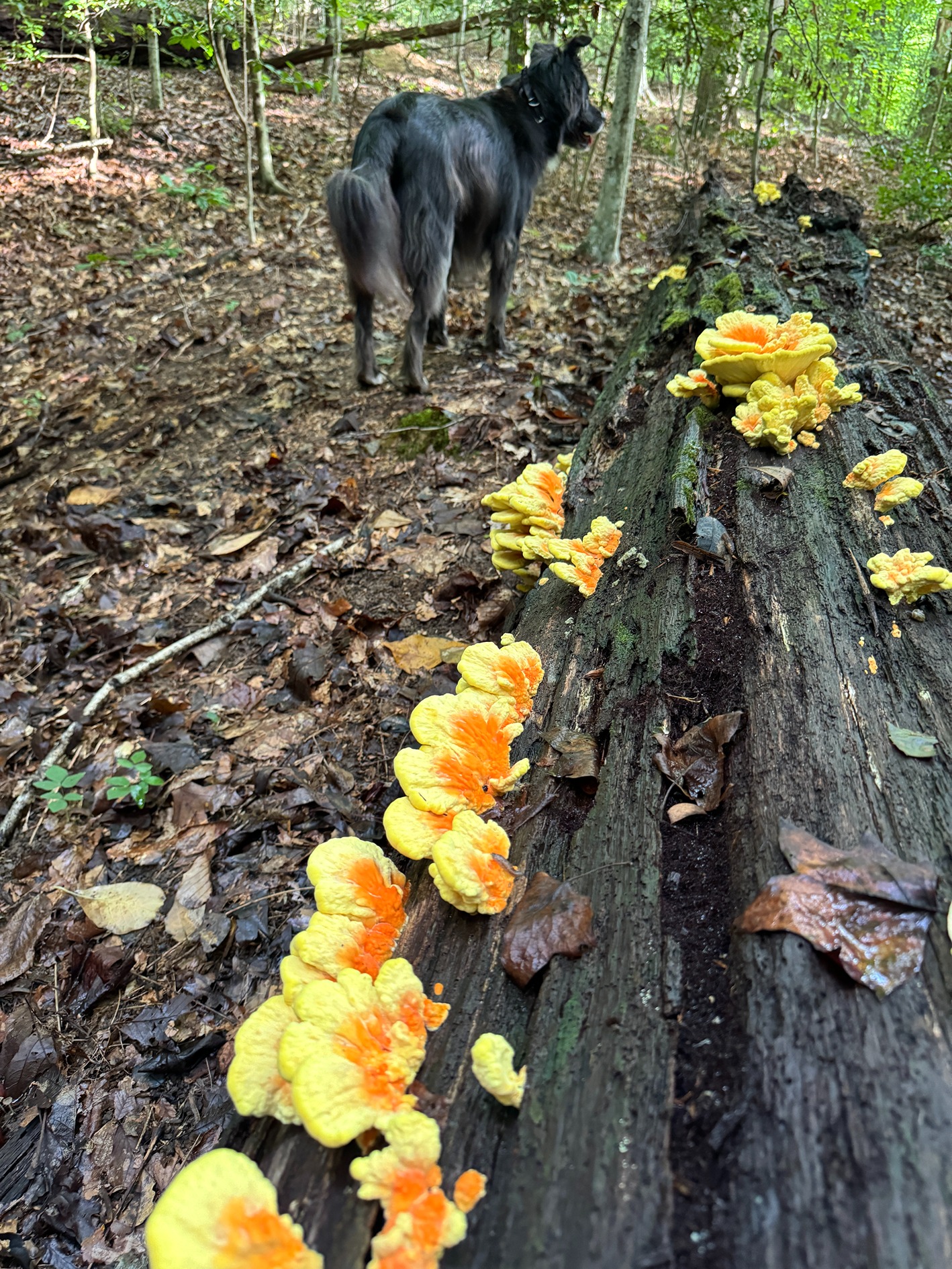
In R.V.A. we don’t get to experience winter weather like the areas to our north. I think most of us are okay with that. I enjoy the beauty of a new fallen snow, but it doesn’t take long before I’m ready for it to be gone and I think most of our trees feel that way too.
Some trees seem to weather the snow and ice better than others. And some seem to be particularly vulnerable. For example, if you have or know of a Southern Magnolia then you’ve probably seen the effect that heavy snow and ice building up on their broad leaves can have. To the contrary, even with its wide decurrent growth, the tenacity of a River Birch under the weight of ice can be quite impressive.
However, any tree, despite its species, may be vulnerable if less-than-ideal growth habits aren’t dealt with.
Trees want to grow towards the sun and depending on the position of the tree in relation to other trees or structures, this can often result in what is known as a co-dominant stem or branch. This is a stem that may originate from the same area of a tree as another, but because of its exposure to the sun, will try to compete with the leader for dominance. Sometimes limbs like this will take a path away from the rest of the tree, reaching out beyond the canopy in a somewhat upright but horizontal fashion. This is where I see the potential for damage under weight. Ice can sometimes increase branch weight up to 30 times or more, add some wind and the possibility for damage will increase. Often, the conundrum is that typically over our homes is where co-dominant limbs want to reach. This is not to suggest that it’s a bad thing to have limbs over the house. But sometimes these limbs are reaching out so far that additional weight can create enough leverage to become a problem. Other issues can be particularly problematic as well such as dead limbs and tree branch unions with included bark. Included Bark is a branch defect that happens when limbs (often co-dominant) grow close together creating a V-like shape. As they grow, the bark that is between them will begin to push against each other and sometimes cause eventual failure. Bradford Pear trees are notorious for this defective growth habit and are often damaged by ice, wind, or both.
Growth characteristics such as these are fairly common and can easily go unnoticed. I see them almost every day on properties that I visit. Often I see them in trees that aren’t a threat and therefore not in urgent need of attention. And again, sometimes it’s just the species that’s prone and there isn’t much to do about it short of removal or deal with whatever outcome ensues. Then there are the situations that I’m glad we’re able to give attention to and prevent an incident of failure.
It’s usually easier to deal with issues, if possible, before they’re actual problems and that’s why it’s not a bad idea to at least annually have your trees checked out by an arborist just to make sure there doesn’t exist a problem that you’re not seeing.


